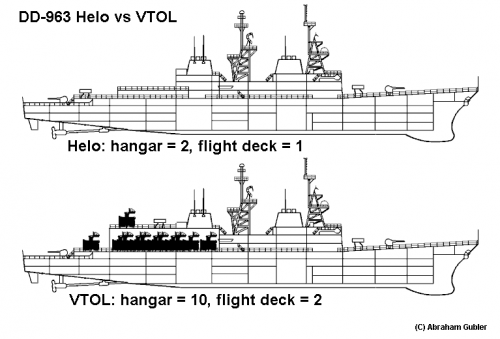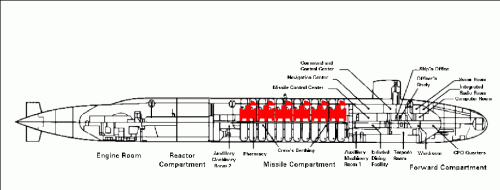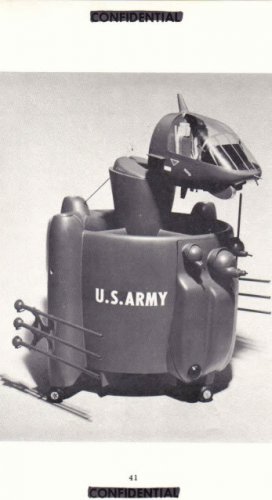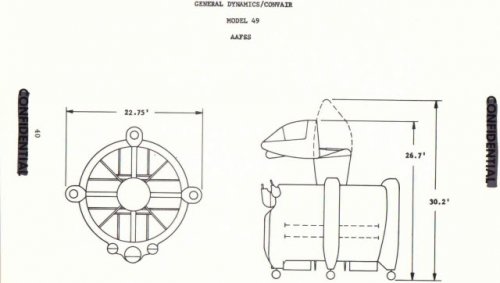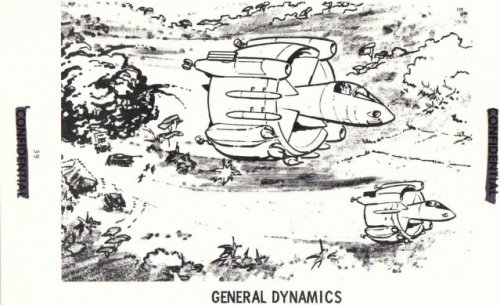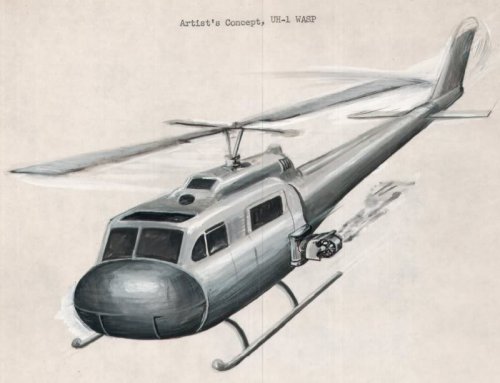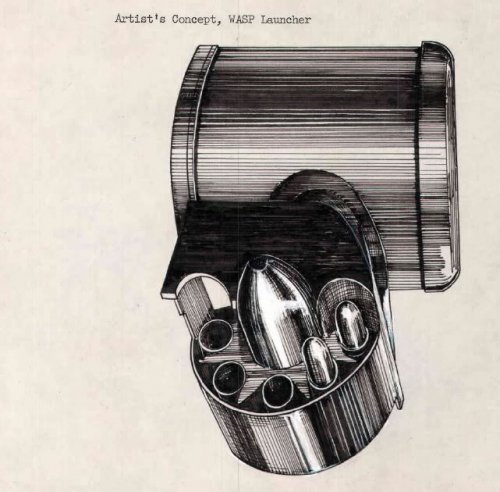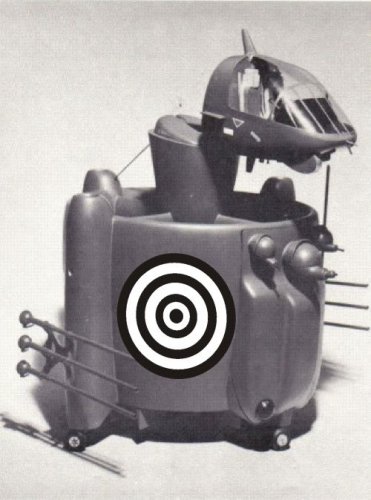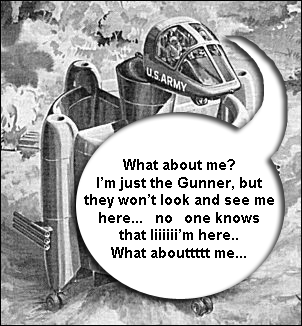Well, I don't want to start a discussion à la "attack helicopter vs. Vietcong", as it would
remain strictly academic (as most other such discussion .. :

), and you're probably right,
that it wouldn't have been an easy target. Actually, not target, that can shoot back is .
But I doubt the mentioned survivability against shaped charged munitions, especially because of
the barrel shape. Hits on conventional aircraft (and to a certain degree maybe on helis, too)
could punch a hole in flying surfaces, but due to the large area, there quite often (hopefully)
would be no structural damage, or damage to vital parts, I think, the effect of the shaped charge
would just heat up the air behind. Just look at all those photos of battle damaged aircraft, where
you can look right through wings or fuselage.
But if hitting such a barrel, the effects with quite a great probability would stride deep into
the structure and I'm sure, that no of the materials could have withstand. It still was designed as
an aircraft,not a tank ! And if I understood those reports correctly, the US Army learned during the
conflicts in Somalia and later Afghanistan and Iraq, that fighting from a heli in a hover is very dangerous,
much more, than from a moving heli. IIRC, this was the explanation for the very different percentages
of damaged Army AH-64 and USMC AH-1.
And this thing was designed exactly to do that !


